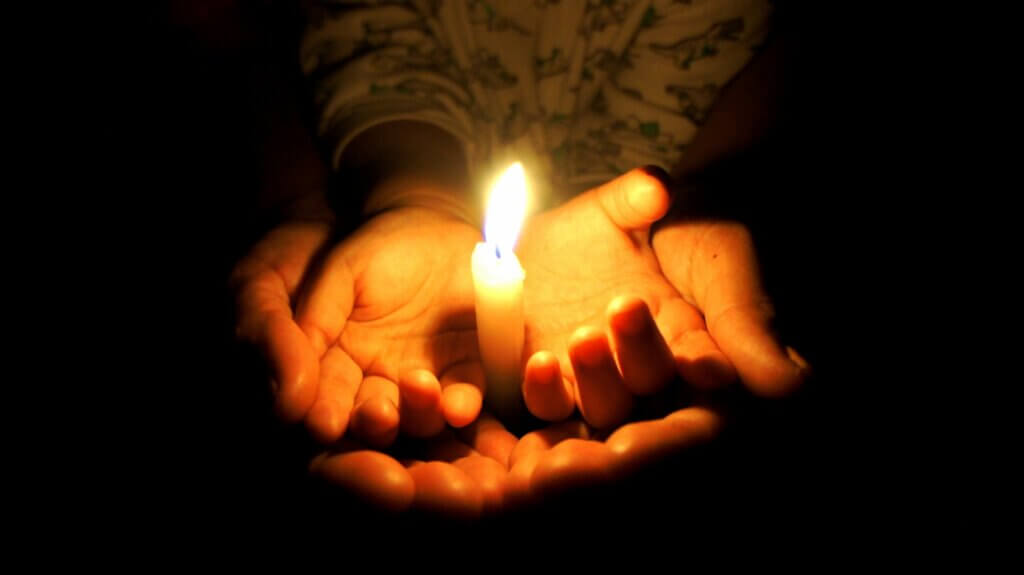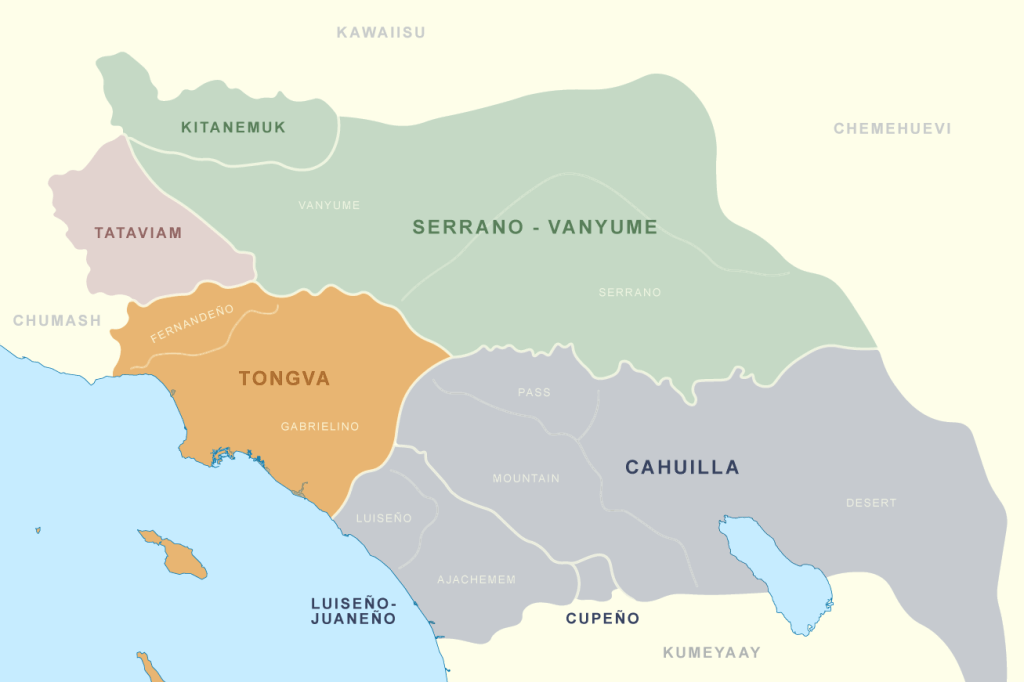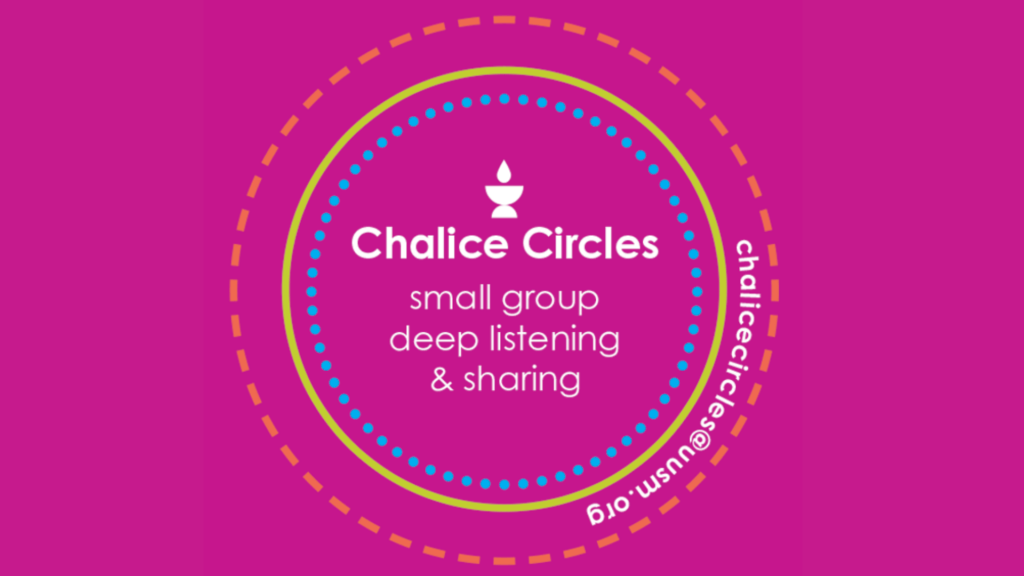On Sunday, October 15, Rev. Jeremiah delivered an informative sermon about mission and vision statements. This guidance will help us go though the process of defining our “essential identity” and UUSM’s future. The following is the text of his sermon.
We are journeying together on the spiritual quest of a lifetime! Each of us arrived here at the Unitarian Universalist Congregation of Santa Monica not by accident but guided by our own conscience and perhaps even by the promptings of the spirit of life itself. Even those of us who were raised in our living tradition had to make the decision to remain a part of this community and to continue to journey onwards in life with our gathered community. The compass and chart that led us to this beloved community are the beliefs, principles, worldviews, and values we hold dear and use to guide our choices and the directions our lives take. Our consciences have led each of us to affirm the inherent worth of dignity of every person; to pursue justice, equity, and compassion in human relationships; and to aspire to a world where peace, liberty, and justice are realized by all people. We aspire to lead lives of meaning and purpose by exploring sacred and secular wisdom, marching for justice when we are able, singing for joy, studying and listening to science, showing up to great occasions in each other’s lives, and offering a helping hand, a listening ear, and an attentive heart whenever possible. I know I could call upon any member of this community to help another in a time of difficulty or need and they would do so gladly. We are kindred spirits who share much in common even in the midst of our diversity and different life paths.
Now we could go about our lives in greater isolation, attentive only to our own needs or those of our families and friends, but we’ve each been drawn to the spiritual quest that is embarked upon by a community of fellow travelers. It is in community that we can experience radical acceptance, discover rare resources, and find encouragement to greater spiritual growth. The author, theorist, educator, and social critic bell hooks had written: “I am often struck by the dangerous narcissism fostered by spiritual rhetoric that pays so much attention to individual self-improvement and so little to the spiritual practice of love within the context of community.” Now to be sure, our tradition of Emersonian self-reliance and Thoreauian individualism can sometimes encourage the kind of spiritual narcissism hooks identifies but the “spiritual practice of love in the context of community” is at the heart of our common existence as congregationalists and the descendants of those who preached the profound doctrine of universal love. Indeed, we center love as the doctrine and spirit of our congregations and strive to make it the compass and chart with which we make our common way through the world.
Ours is a living religious tradition that is ever throwing open the doors to new insight, experience, and revelation! We have no fixed creed or doctrine. There’s no catechism to memorize, no holy book to profess, no membership test to pass. Our is a living tradition because it is dynamic and alive, open to many sources of wisdom and ever evolving and blossoming into even greater beauty and splendor. We are bound together on this spiritual journey by covenants — mutual promises we make to each other like affirming our Unitarian Universalist Principles and our Covenant of Right Relations — and we find our way in the world by our congregational mission which is our stated purpose and our congregational vision which is our common aspiration for our gathered community. Our is a living religious tradition because each of these are expressions of the conscience of the community at different moments in time, and unlike creeds and doctrines, they are revisited, revised, and renewed to, in the adapted words of Howard Thurman, “Keep fresh before us the moments of our high resolve.”
The mission and vision of our congregation are the compass and chart for the spiritual quest of this beloved community. They are the charge we keep before us to help us live into the dream for our congregation. Our tradition is alive because we are responsive to the times in which we are living and we are responsive to the consciences and callings and hopes of the gathered members who have agreed to journey together. The last time we discerned our congregational mission and vision the world was a very different place. It was long before Standing Rock, the Black Lives Matter movement, the Women’s March, the People’s Climate March, the legalization of queer marriage, the Muslim ban, the January 6th assault on our democracy, the global pandemic, and the criminalization of abortion across many of the states of this nation. Developmental ministry is an opportunity for a congregation to take inventory of where it’s been and where it is going. It is an opportunity for us to slow down, check in, and get clear about our priorities and the positive difference we think we can make in our world. Renewing mission and vision is often an activity of developmental ministries because it helps the whole community to be engaged with an intentional discernment process around its essential identity and future. It can re-inspire a shared sense of the congregation’s purpose, what it means to be a member of this historic congregation, and what we hope to become in the future.
Our mission statement is to: “build a congregational home that supports our vision, that provides opportunities for spiritual and personal growth in an interactive and intergenerational community, that is welcoming and inclusive, and that assumes an active responsibility for our community and world.” This is what we’re called to do and be to realize our aspirations.
Our vision statement is much more detailed as it calls us to aspire to: “provide a welcoming center for all people who pursue an ongoing quest for understanding, personal growth, and ethical living; and to provide a religious center for worship, meditation, celebration, and fellowship; To create and nurture a community where the search for truth is free and unhindered; where the dignity, worth, and rights of every individual are revered; where spiritual, emotional, and intellectual growth are stimulated and encouraged; where the process is open and democratic; where our interdependence with all life on earth is recognized and honored; and where the transforming power of love is acknowledged; To provide for the religious growth and development of children and youth; to guide and support them in their search for understanding, insight, and inspiration; and to welcome them into the life of the church; and to participate in a broader fellowship concerned with social justice, peace, and a responsible relationship with the environment; so that we may create a better world for all life today and all life tomorrow.” We really tried to fit it all in there didn’t we? I hope you’ve all got that memorized!
Contemporary mission and vision statements are usually more universal and concise so that they are easier for everyone to remember, communicate, and promote. I wanted to provide a few good examples from a leading nonprofit, a major corporation, and a local religious community to inspire our own creativity as we think about the compass and chart we use to guide our spiritual journey. The YWCA, which is an international charitable organization offering programs through hundreds of local chapters to address poverty, homelessness, domestic violence and skills training. It defines its mission and vision as follows: “YWCA is dedicated to eliminating racism, empowering women and promoting peace, justice, freedom, and dignity for all.” They “envision a community of empowered women, girls, and families succeeding through increased opportunities to pursue and fulfill their individual aspirations.” They managed to distill all of their operations and their dream of the world down to two sentences which guide all of their work.
Let’s consider one of the largest and arguably most successful corporations that has had a tremendous impact on all of our lives: Apple computer. Their mission is “bringing the best user experience to customers through innovative hardware, software, and services,” and their vision is “To make the best products on earth and to leave the world better than we found it.“ Once again, this multinational, multifaceted technology company managed to name the essence of its work and its aspirations in two concise and embracing statements of mission and vision.
Lastly, let’s consider a community a little closer to home, Dare to Bless the Love, the nonprofit religious organization founded by our own extremely innovative Ministerial Specialist Rev. Amelia. Dare to Bless the Love’s mission is to “encourage connectivity, peacebuilding, and liberation, individually and collectively” and their vision is “a community of radical belonging, serving at the intersections of collective liberation.” That sounds like something I want to be a part of! It’s simple and to the point and it’s deep — there’s a lot in there to consider.
I cite these examples not because I expect us to do the same but because I hope they will stimulate our own creativity as we think about who we are and advance on this next leg of our developmental ministry journey.
The work of mission and vision renewal is a grassroots process that will seek to involve the entire congregation in about a year of deep spiritual discernment. Our Board of Directors will appoint a Mission and Vision Renewal Facilitation Team which will receive training from the UUA’s Office of Congregational Life to help it develop a comprehensive and inclusive process of discernment. This will likely include Town Halls, small group meetings, and one-on-one conversations with various stakeholders about our identity, priorities, and future as a congregation. If you are interested in applying to serve on the team, please speak with or email our Congregational President, Eileen McCormack, or me in the coming days and weeks. Space will be limited as this will be a small and nimble team of individuals who have strong facilitation and leadership skills and are good at tracking information and messaging. At the conclusion of this process, our renewed mission and vision should arise fairly organically from these many meetings of minds and hearts and will hopefully be embraced and approved enthusiastically by the congregation as a product of its own collective efforts. This is a wonderful opportunity for all of us to be engaged, inspired, and energized by the abundant possibilities we will be calling into being!
So let’s embark on this next chapter, listening deeply to each other about where we’ve been, who we’re becoming, and where we hope to go boldly as people of liberal faith.
May it be so. Amin and Blessed Be.
Rev. Jeremiah




